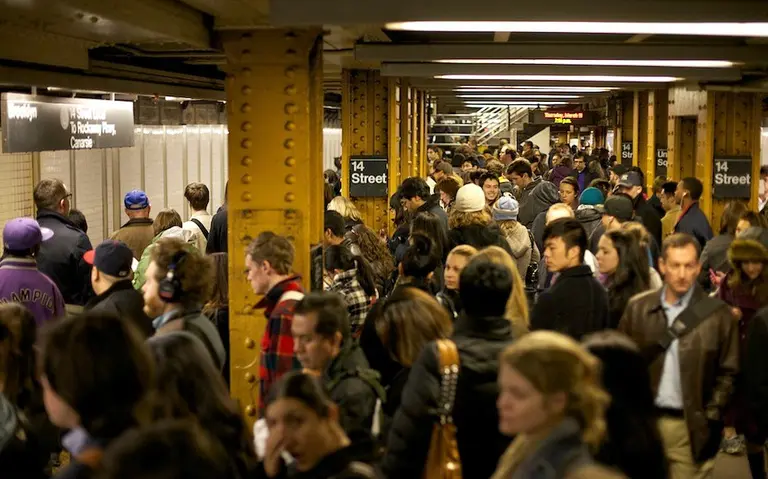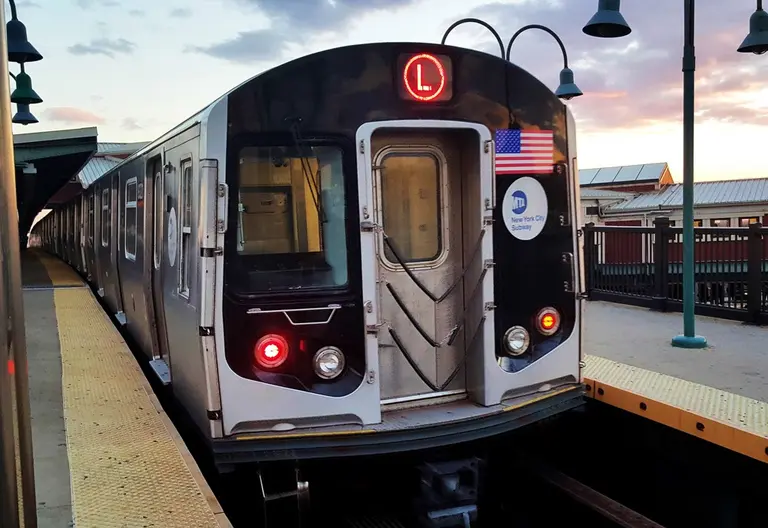
Via Public Domain
After local condo board sues, judge rules that Central Park West bike lane can go forward
More info

Via Public Domain

Via Public Domain

Image of the New Roots Community Farm in the Bronx by Kathleen McTigue, courtesy of International Rescue Committee (IRC)

Image: Wikimedia cc.

Via Wikimedia

Brooklyn Heights Promenade via Wikimedia

L train photo via Wiki Commons

Photo via NYC DOT/Flickr

Photo of the L-train via Wiki Commons

Photo via Dan Phiffer’s Flickr

Image: Wikimedia

Photo via Wikimedia

Photo of the L-train via Wiki Commons

Photo of the Brooklyn Bridge via pixabay

Photo via Lucas Klappas on Flickr

Photo courtesy of Nick Harris on Flickr

Photo of Hudson Yards Amtrak tunnel encasement via Tutor Perini

Image via Pexels